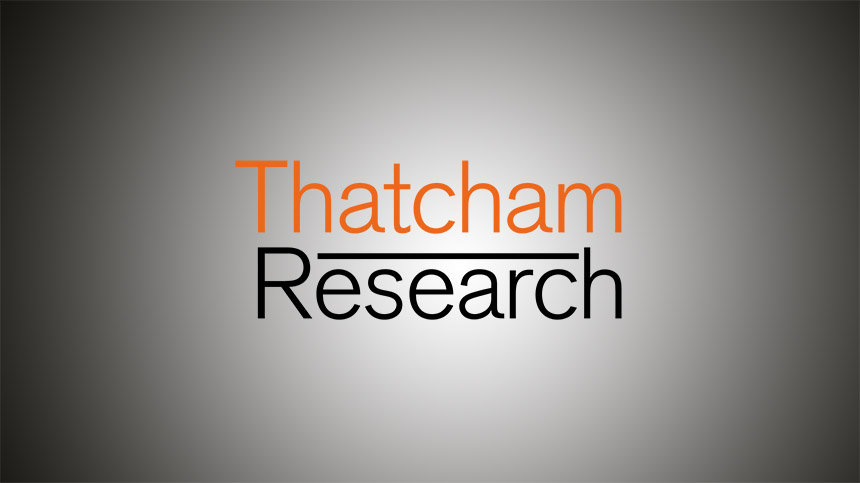Thatcham Research calls for further legislation after AV Act

Thatcham Research has welcomed the news that the Automated Vehicles Act has received Royal Assent, but suggests further legislation is required to ensure the safe introduction of self-driving vehicles to public roads.
The legislation provides crucial regulatory guidelines for autonomous vehicles by introducing clear safety principles, and means the UK is in position to capitalise on an industry expected to be worth £42bn by 2035.
The legislation has been introduced after Thatcham Research and the Association of British Insurers worked with government to produce the ‘Insurer Requirements for Automated Vehicles’ report, which identified four key considerations for the introduction of self-driving vehicles:
- Safety First – Automated vehicles should have clearly defined capability and operational constraints so users understand their role and responsibilities when using an AV.
- Visibility – Transparency of an AV’s authorisation process when driving, its level of functionality, and software authorised for road use.
- Data Access – To ensure that consumers are protected, and insurers can fulfil their obligations as per the Automated and Electric Vehicles Act 2018, timely and unhindered access to data is required.
- Cyber security – Vehicle systems and connectivity, either by the vehicle manufacturer or other source, must be robust to detect and mitigate the risk of a cyber-induced incident.
However, while the Act is a positive step forward, Thatcham Research has warned that some questions around autonomous vehicles remain unanswered.
Liability
The Act stipulates that insurers will be liable for accidents caused by an AV when driving autonomously, which means it is essential to identify if the technology or driver was in charge at the time of the accident. Thatcham Research believes secondary legislation must include a requirement for collision data to be immediately available to establish this.
Capabilities
Thatcham Research has warned that self-driving capabilities will vary substantially, meaning clarity around the differences must be available to both drivers and insurers.
It wants the conditions in which an automated vehicle can safely operate to be widely accessible, visibility of the approval requirements and tests passed, and access to results of any regulatory investigations.
Cybersecurity
Self-driving and connected vehicles can increase the risk of a vehicle to cyberattacks, which can present a ‘step change in risk’ if more than one vehicle is hacked at the same time.
Thatcham Research is calling for more clarity around liability and obligations around potential cyberattacks.
Tom Leggett, vehicle technology manager at Thatcham Research, said: “I am pleased the AV Act has received Royal Assent. Reassuringly, the act recognises several points raised in our joint Insurer Requirements for Automated Vehicles report. This highlights an understanding from lawmakers that working alongside insurers and other key automotive stakeholders is essential to ensuring the safe adoption of this technology.
“However, as our report details, there is still work to be done through secondary legislation to ensure this technology is adopted sustainably. Challenges remain around the clarity of insurance responsibility in the event of an AV collision, the clear identification of self-driving capabilities, and the possible cybersecurity risk.”








